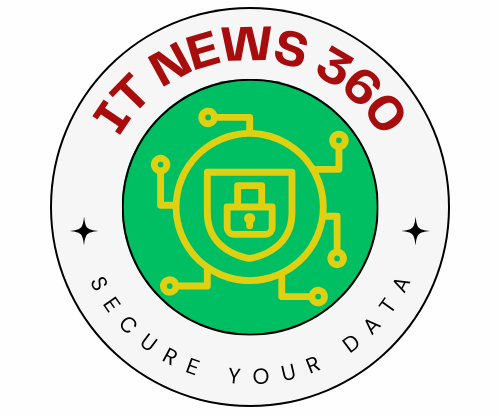Hey there, data enthusiasts!
If you’ve read our previous article on “Data Analysis vs. Data Engineering vs. Data Science“, you already have a grasp on the different data roles out there. Armed with that knowledge, you might be wondering, “Now, how do I find the best tool to complement these roles?” 
🎯 Understanding Your Specific Needs
Before diving into the sea of data tools available, it’s essential to pinpoint what you’re hoping to achieve:
- Data Analysis
: Are you looking to understand patterns and trends?
- Data Engineering
: Maybe you want to construct and maintain robust data infrastructure?
- Data Science
: Or, are you aiming to derive predictive insights and build algorithms?
- Data Analysis
Knowing your primary goal will significantly narrow down the tool options.
🔍 Dive into Features and Functionalities
Every data tool offers a lot of different features. Prioritize what you need:
- Flexibility & Scalability: Will your tool grow with you?
- Integration Capabilities: Does it play well with other software and platforms?
- User Experience: Is it user-friendly or will you spend hours just trying to understand it?
💬 Ask the Community & Seek Reviews
There’s no better way to gauge a tool’s effectiveness than asking those who’ve been there, done that. Join forums, attend webinars, and participate in community discussions. Reviews from real users can offer invaluable insights.
📝 Consider the Learning Curve
Every tool has its learning curve. While some might be straightforward, others can be intricate. Consider:
- The initial time investment to get up and running.
- Availability of learning resources.
- The community’s activeness, which can be beneficial when you hit a roadblock.
💰 Evaluate the Cost
While it’s tempting to go for the most feature-packed tool, it might not be the most cost-effective. Balance between your requirements and budget. Sometimes, less is more!
🔄 Test, Tweak, Repeat
Once you’ve shortlisted a few potential tools, give them a spin! Most platforms offer trial versions. Use this to your advantage and test them in real-world scenarios relevant to your needs. This hands-on approach will give you a clear picture.
Key Takeaway 📌
Choosing the right data tool is like finding the perfect pair of jeans – it should fit just right and complement your style (or, in this case, your data needs). With this guide, you’re well on your way to making an informed decision.
Happy hunting! 🚀🔍📈







Pingback: Data Analysis Techniques: Power Business Strategies